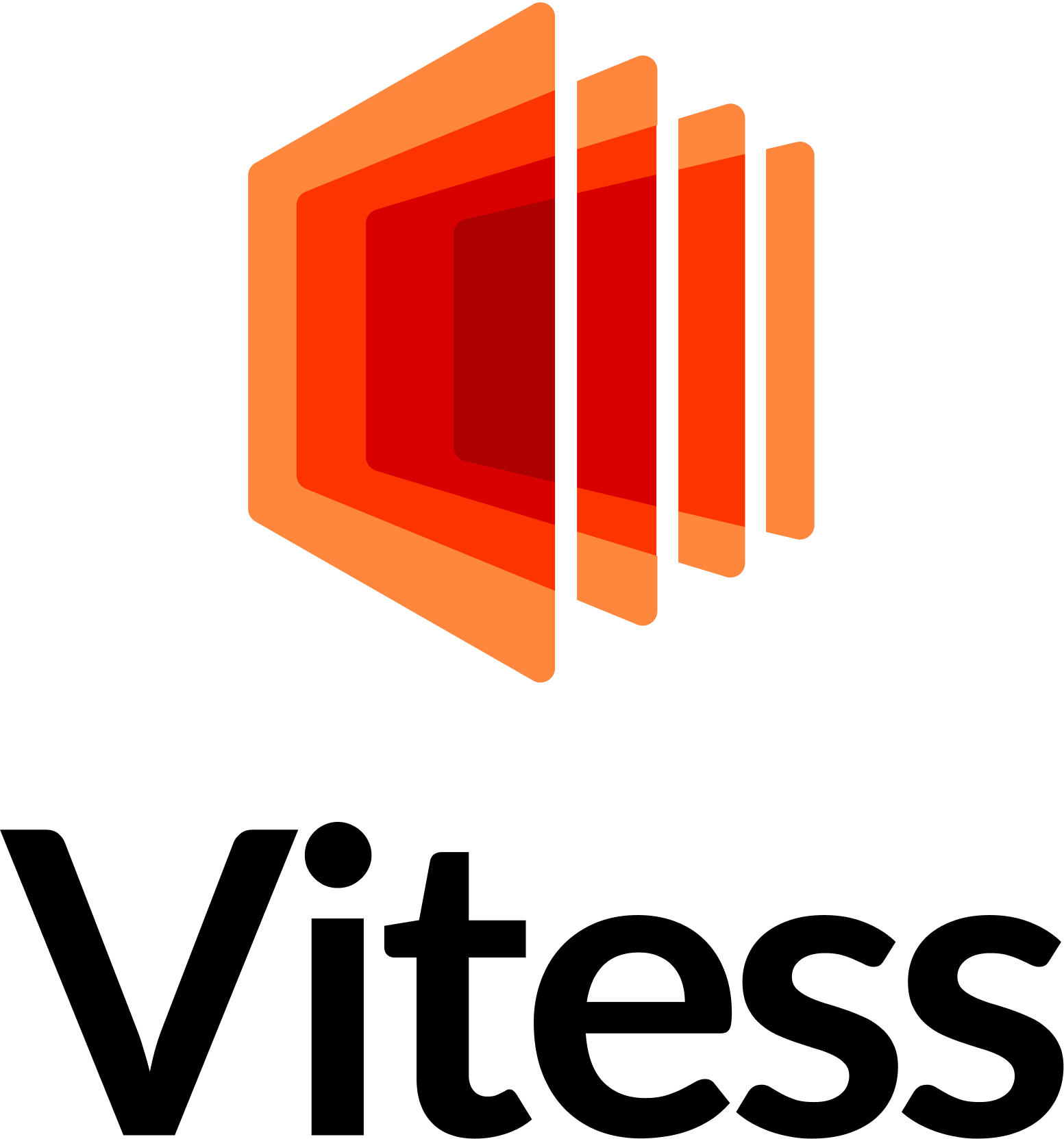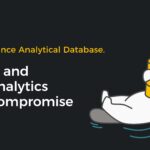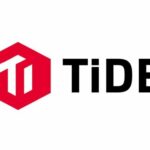Introduction
In the era of cloud-native applications and massive data growth, traditional relational databases like MySQL often struggle to meet the demands of scalability and high availability. Vitess DB, an open-source database clustering system, addresses these challenges by providing a scalable and robust solution for managing MySQL-compatible databases. This article highlights the key advantages of Vitess DB and explains why businesses should consider transitioning from MySQL to Vitess DB.
What is Vitess DB?
Vitess is a database clustering system designed to scale MySQL databases horizontally. Originally developed by YouTube to handle their massive traffic, Vitess has evolved into a mature platform that supports distributed architectures, sharding, and high-performance query execution. It is fully compatible with MySQL protocols, making it an ideal choice for organizations looking to scale their existing MySQL infrastructure without significant changes.
Key Advantages of Vitess DB Over MySQL
1. Horizontal Scalability
MySQL’s single-node architecture limits its ability to scale beyond a certain point. Vitess DB introduces horizontal scaling by distributing data across multiple nodes (shards). This allows you to handle growing workloads efficiently without relying on expensive hardware upgrades.
- Example: A social media platform using Vitess can shard user data across multiple servers, ensuring smooth performance even as the user base grows exponentially.
2. Sharding Automation
Sharding in MySQL requires manual effort and complex configurations. Vitess automates the sharding process, enabling seamless data distribution and rebalancing.
- Example: An e-commerce platform can use Vitess to shard product catalogs by category or region, reducing query latency and improving response times.
3. High Availability and Fault Tolerance
Vitess provides built-in replication and failover mechanisms, ensuring high availability and fault tolerance. If a node fails, Vitess automatically redirects traffic to healthy replicas.
- Example: A financial services company can rely on Vitess to maintain uninterrupted access to customer accounts, even during server outages.
4. MySQL Compatibility
Vitess is fully compatible with MySQL, allowing you to migrate existing applications with minimal code changes. It supports standard SQL queries, transactions, and indexing, making the transition seamless.
- Example: A startup using MySQL for its CRM system can switch to Vitess without rewriting application logic or retraining developers.
5. Cloud-Native Architecture
Vitess is designed for modern cloud environments, supporting Kubernetes and multi-cloud deployments. It integrates seamlessly with container orchestration tools, making it easier to manage databases in dynamic infrastructures.
- Example: A global SaaS provider can deploy Vitess on Kubernetes to manage its database clusters across AWS, Google Cloud, and Azure, ensuring optimal resource utilization.
6. Cost Efficiency
By leveraging commodity hardware and eliminating the need for vertical scaling, Vitess reduces infrastructure costs. Its open-source nature also eliminates licensing fees associated with proprietary databases.
- Example: A mid-sized tech company saves 30% on database costs by switching from MySQL Enterprise Edition to Vitess.
7. Advanced Query Optimization
Vitess includes a powerful query planner and optimizer that improves performance for complex queries. It also supports connection pooling, reducing the overhead of managing thousands of client connections.
- Example: A gaming platform using Vitess can handle millions of concurrent users while maintaining low latency for real-time gameplay.
Real-World Use Case: Migrating from MySQL to Vitess DB
Scenario: Social Media Platform
A social media startup initially used MySQL to store user profiles, posts, and interactions. As the platform scaled, MySQL struggled to handle millions of daily active users and concurrent connections. After migrating to Vitess DB:
- The platform achieved 10x scalability by sharding user data across multiple nodes.
- Query performance improved by 40% due to Vitess’ advanced query optimization.
- The platform maintained 99.99% uptime during peak traffic periods.
How to Get Started with Vitess DB
- Assess Your Workload: Identify bottlenecks in your current MySQL setup.
- Plan Sharding Strategy: Decide how to shard your data (e.g., by user ID, region, or category).
- Deploy Vitess: Use Kubernetes or Docker to deploy Vitess in your environment.
- Migrate Data: Use Vitess’ migration tools to import data from MySQL.
- Monitor Performance: Leverage Vitess’ monitoring tools to track metrics and optimize configurations.
Conclusion
Switching from MySQL to Vitess DB is a strategic decision for businesses seeking scalability, reliability, and cost efficiency. With its horizontal scaling, sharding automation, and MySQL compatibility, Vitess addresses the limitations of traditional relational databases while empowering organizations to thrive in the era of cloud-native applications.
If you’re ready to future-proof your database infrastructure, Vitess DB is the ideal solution. Start exploring Vitess today and unlock the full potential of your data!
By following this guide, you’ll not only understand the technical advantages of Vitess DB but also gain actionable insights into making a seamless transition from MySQL.






Leave a Reply